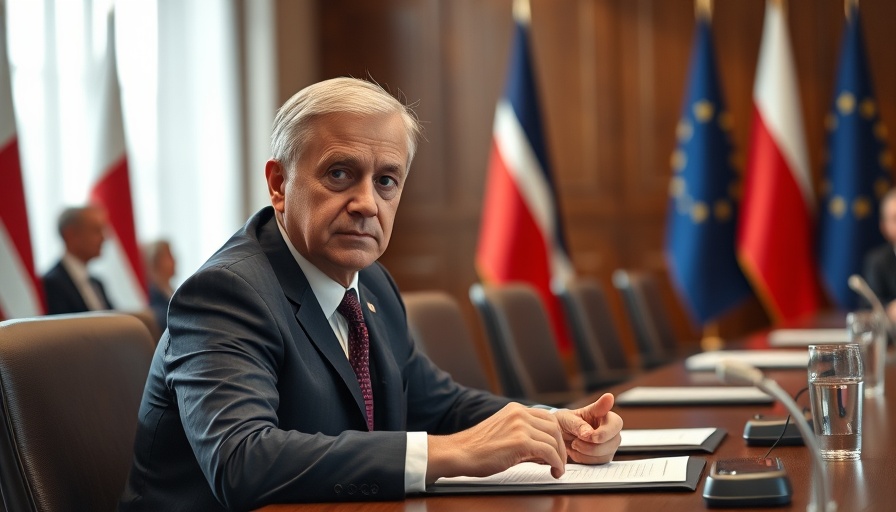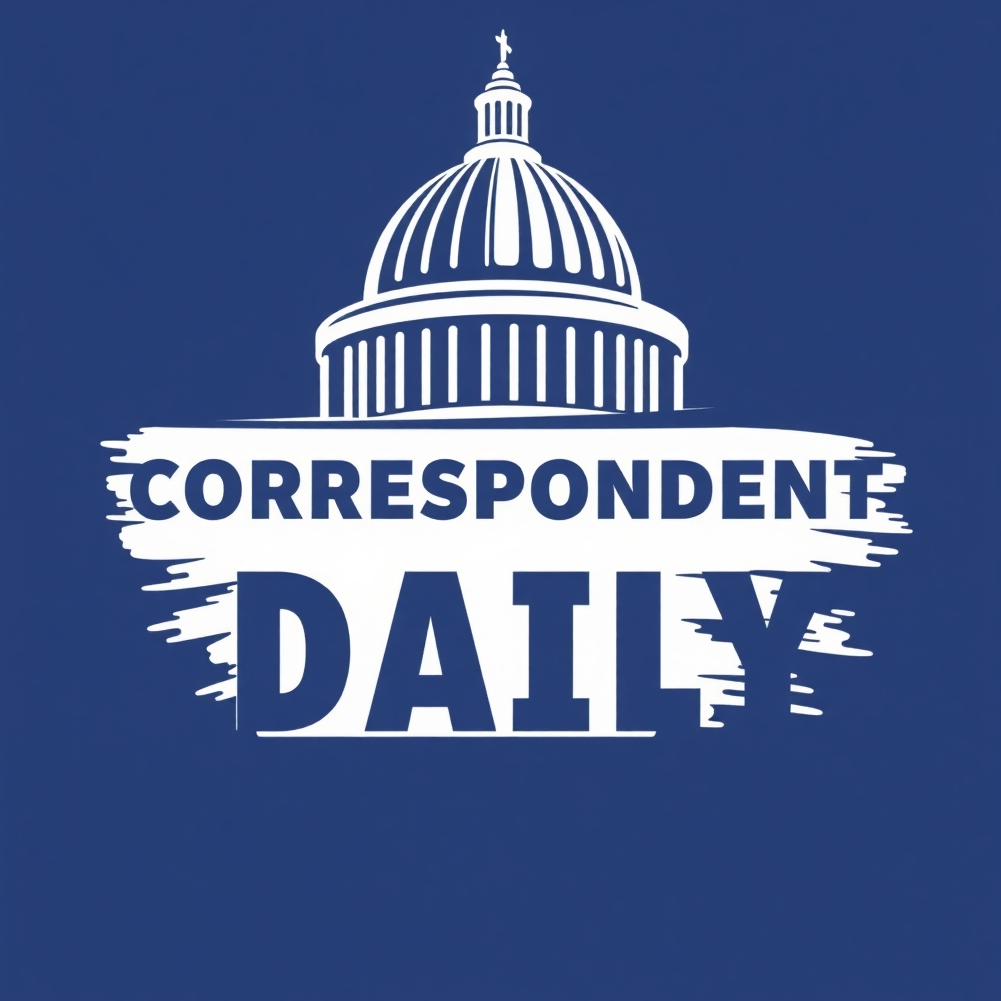
Understanding NATO’s Article 4: A Crucial Response Mechanism
In a significant move, Poland recently invoked NATO’s Article 4 amid escalating tensions with Russia following the shooting down of Russian drones over its airspace. This article delves into the implications of this decision and what it means for the broader security landscape in Europe.
The Essence of Article 4: A Diplomatic Step
NATO’s Article 4 allows member states to convene discussions when they feel their territorial integrity is threatened, but it stops short of requiring military action. Essentially, it’s a mechanism for consultation and reassurance among allies, enabling diplomatic dialogue in response to provocations. The recent incident, where Russian drones crossed into Polish airspace, marks a crucial juncture as it highlights the increasing urgency of security concerns due to ongoing tensions in Eastern Europe.
Historical Context: The Role of NATO Since the Cold War
Since its founding in 1949 in the wake of World War II, NATO has stood as a bulwark against aggressive actions from its opponents, notably the Soviet Union. With the recent expansion to 32 member states, including Nordic countries like Finland and Sweden, NATO's collective defense strategy is more pivotal now than ever. This alliance provides not just military strength, but also a platform for dialogue and conflict reduction.
Counterarguments: The Debate Over Military Action vs. Dialogue
While invoking Article 4 allows for discussion, it raises questions about NATO's efficacy in deterring aggression. Critics argue that mere dialogue may not suffice against a rival power like Russia, which has shown a propensity for military provocations. The reliance on diplomatic measures preserves peace, but critics fear it may embolden adversaries to test NATO’s limits.
Future Predictions: What to Expect from NATO
As NATO navigates this complex situation, future actions could involve increased military readiness in Eastern Europe or enhanced monitoring capabilities. The alliance may also consider updating its defense strategies to better address contemporary challenges, especially in light of Russia’s aggressive posture. This incident may signal a shift in NATO’s approach toward a more proactive, rather than reactive, stance in future crises.
The Human Impact: Feelings of Insecurity Among Citizens
The atmosphere of uncertainty affects not just policymakers, but also the general populace. People in Poland, and indeed across Eastern Europe, are more acutely aware of their vulnerability in light of heightened military activities. Understanding NATO's posture and the assurances it can provide is crucial for alleviating these fears and fostering a sense of security.
Decisions on the Ground: Responses and Preparedness
For citizens and governments alike, understanding NATO’s response mechanisms shapes how both can prepare for potential escalations. Ensuring that military capabilities are synchronized with NATO strategies is essential for effective deterrence. In Poland, that means engaging in national defense discussions alongside NATO consultations—ultimately leading to a more robust collective security framework.
A Call for Unity: The Future of NATO
A collaborative approach among NATO countries is imperative in facing future security challenges. The invocation of Article 4, while a significant step, underscores the necessity for ongoing dialogue and mutual support among member states. As NATO unites to address the evolving threat landscape, solidarity and clear communication will be vital in fostering resilience against external pressures.
In conclusion, Poland’s invocation of NATO’s Article 4 is more than just a procedural step; it sets the stage for critical discussions about the future of European security. Understanding the implications of this decision will help allies and ordinary citizens navigate an uncertain geopolitical climate.
 Add Row
Add Row  Add
Add 




Write A Comment